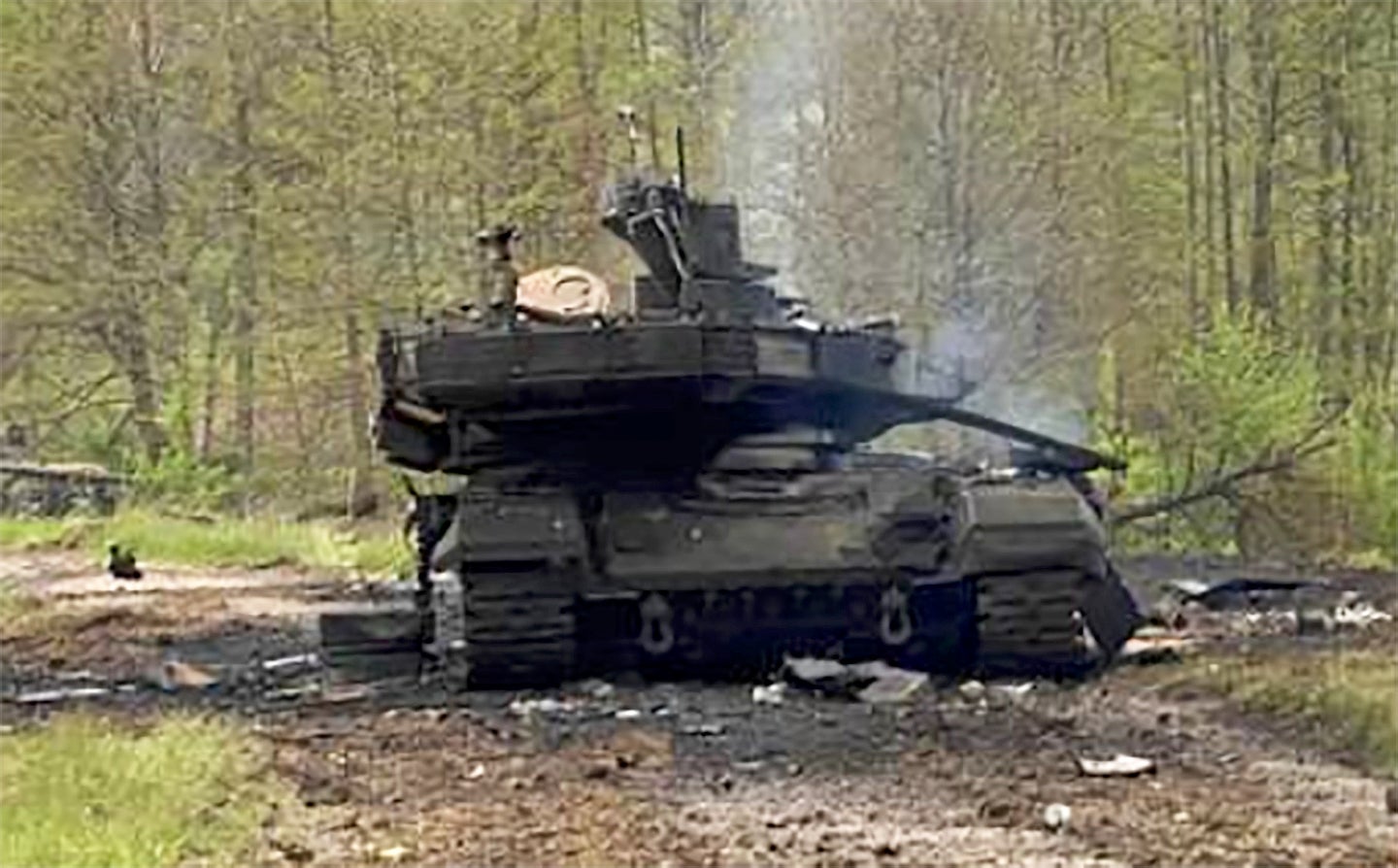@iLION12345_1 what's the value of moving towards electric motors, hybrid power packs, etc? I'm just guessing, but would it help with reducing the thermal signature? Or drastically reduce the noise generated by the tank? However, if they load up on batteries, wouldn't that drastically add to the weight? So, would electric motor tanks need to be hybrid (e.g., using gas or diesel-powered power generator?) to control for such drawbacks?
Is this something the PA would consider? I.e., using diesel-electric-powered tanks, IFVs, etc?
It’s certainly a future possibility if not an inevitability. It’ll definitely reduce noise and heat but it’ll do much more too;
In tanks the torque output matters more than then horsepower, and low-end torque even more so. Current electric powertrains excel at acceleration and torque but not at top speed, tanks need just that, Electric motors and batteries excel at that, so mobility wise, an electric tank sounds like quite the idea.
But there are a ton of factors to consider before that. The first is size and weight, electric cars on average are considerably heavier than their ICE counterparts due to the batteries, I’m not sure how that scales to tanks but in cars the battery packs are usually in the floor. Even if the tanks engine is taken out and batteries put in there, you’d need more space to get enough to power a tank, and if they’re put below, then you also need to add armor to protect them. They would certainly have enough power to propel the tank, but in an already 60 ton Abrams, is 20 tons of additional weight feasible? What about transport?
That means a new electric tank would have to be designed from the ground up with weight reduced elsewhere.
The second problem would be range, while electric cars have great range nowadays, they absolutely suck at towing, that’s why electric trucks aren’t catching on like cars, towing something reduces a 300 mile range to a 150 mile range. Now tanks aren’t towing anything, but they’re not aerodynamic at all and the friction between a tire and a smooth road is much lower than between a track and rough sand, so that’s two more places where tanks would be losing range. How do we compensate for that? Would making a tank aerodynamic mess with its internal room and armor profile?
The third would be refueling, or rather charging. With the fastest chargers it takes about 45-60 minutes to fully charge a consumer EV. How does that scale up to tanks in battlefield conditions? we can replace a fuel truck with a charging vehicle, but how long will it take to get the machine back into action?
If you’re noticing a pattern, it’s that all these problems can be linked to consumer EVs too, more efficient and smaller batteries, faster charging all of this is being worked on to improve consumer EVs, which have indeed seen massive improvements in the last decade.
Just like with the development of car engines, tank engines improved, with the development of consumer EVs, EV tanks will start to seem more realistic too. So the bottom line is that while right now an EV tank isn’t feasible beyond a tech demonstrator (it’s certainly possible, just not feasible) 10,20,30 years down the line, it seems like a very real possibility. And just like when the tank first came into existence and the entire armies (especially logistics and field engineering) evolved with it, we will see that again. Logistics will go from fuel and spare parts to batteries and chargers, engineers will go from mechanics to electricians, the entire support system will evolve around it, so too will other armored vehicles. Let’s say the US starts inducting electric trucks to carry around its troops instead of humvees, that will already start the development of massive EV infrastructure in the military, how long before it Carries over to the rest of the vehicles? (look at GMs electric hummer, now imagine an electric military truck)
Until then, hybrid systems also seem like a good option. The APUs in tanks are already pretty powerful, one way could be to link the APU to the engine with some larger batteries to create a sort of hybrid gas-electric system. Another way is just as it’s done in cars as in the AbramsX.
As for the PA, it’s too early to say, since this technology is at least a decade off for developed countries and more so for a country like Pakistan, but again I’d say that it’s just an inevitability as fossil fuels get less available and electric powertrains get more efficient, I imagine a couple of decades down the line, militaries will be in the process of going electric.









